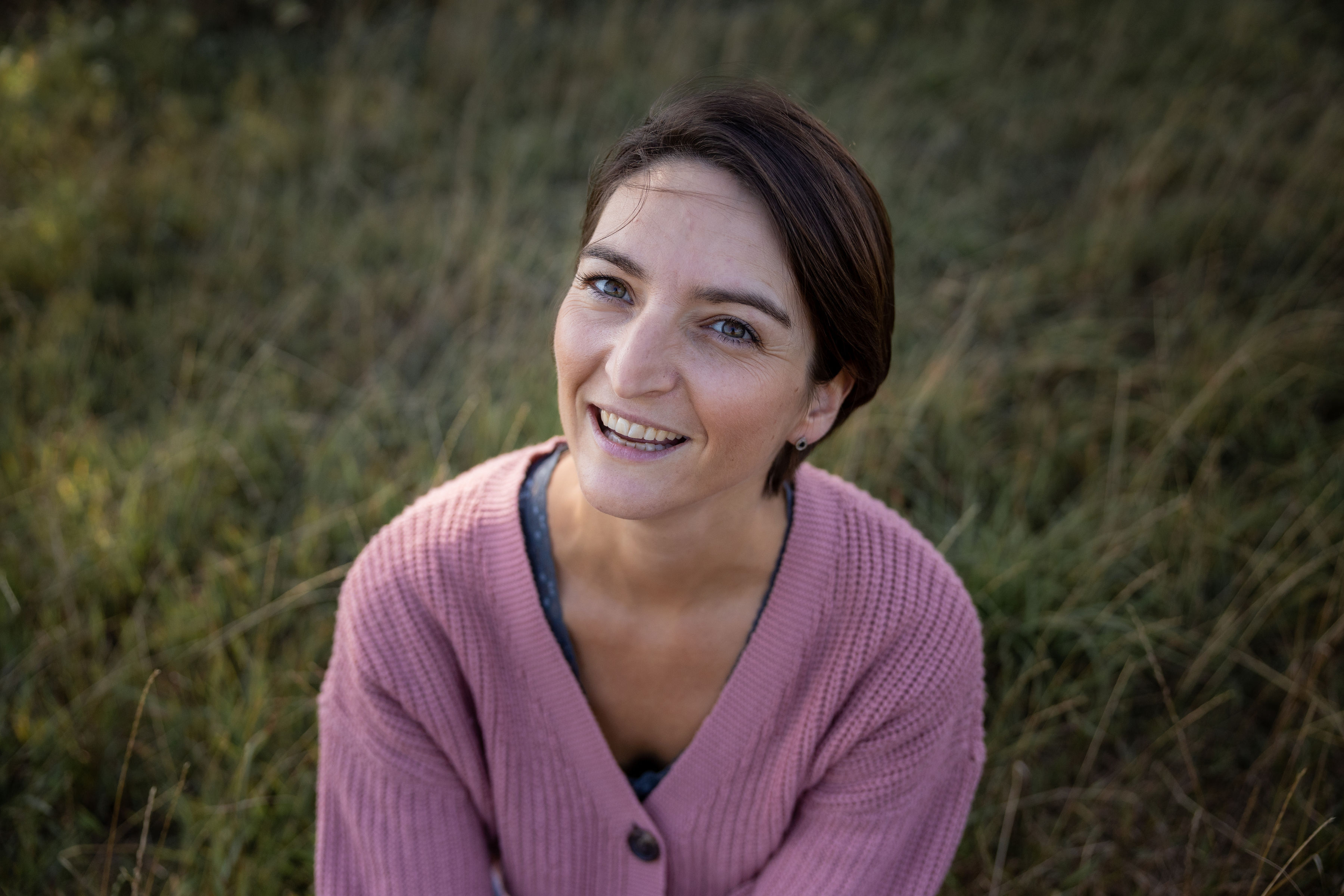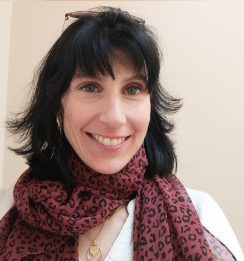About Brainwise
Brainwise was founded by Dr. Aisha Cortoos out of her desire to merge and translate her experiences as a researcher and clinician. She holds a degree in Psychology (2004) with a PhD in Biological Psychology (2009) and a postgraduate degree in Systemic Psychotherapy (2013).
Her mission is to link scientific information to everyday life in an understandable way, for everyone. As such, she aims at increasing ownership and self-leadership.
THE TEAM
dr. Aisha Cortoos
Clinical Psychologist - Psychotherapist - PhD in Psychology
Passionate about science combined with a pragmatic mind. I combine profundity with a concrete and solution-oriented approach. I always do this from a psycho-physiological perspective: how does the brain work and influences your mood, behaviour, and performances.

Iris Vantieghem
Clinical Psychologist
My approach is based on the continuous interaction between physical, mental and social processes. On a regular basis, psycho-education on this interplay is offered, alternated with concrete exercises and with reflection on your own emotional and physical experiences. By combining that acquired knowledge and learning how to better recognise your own experiences and emotional or physical reactions, you become, in part, your own coach.
